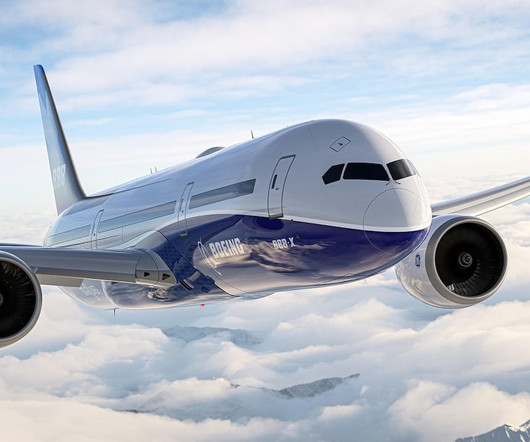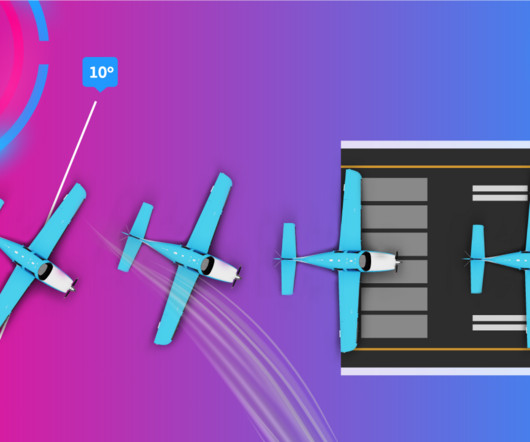Dutch Roll: A Pilot’s Balancing Act
Air
MARCH 10, 2025
Dutch roll is a coupled, oscillatory motion in an aircraft, combining both yaw (movement around the vertical axis) and roll (rotation around the longitudinal axis). What exactly is Dutch roll, and how does it manifest? It’s triggered by a disruption , like a gust of wind, impacting the aircraft’s stability.











Let's personalize your content